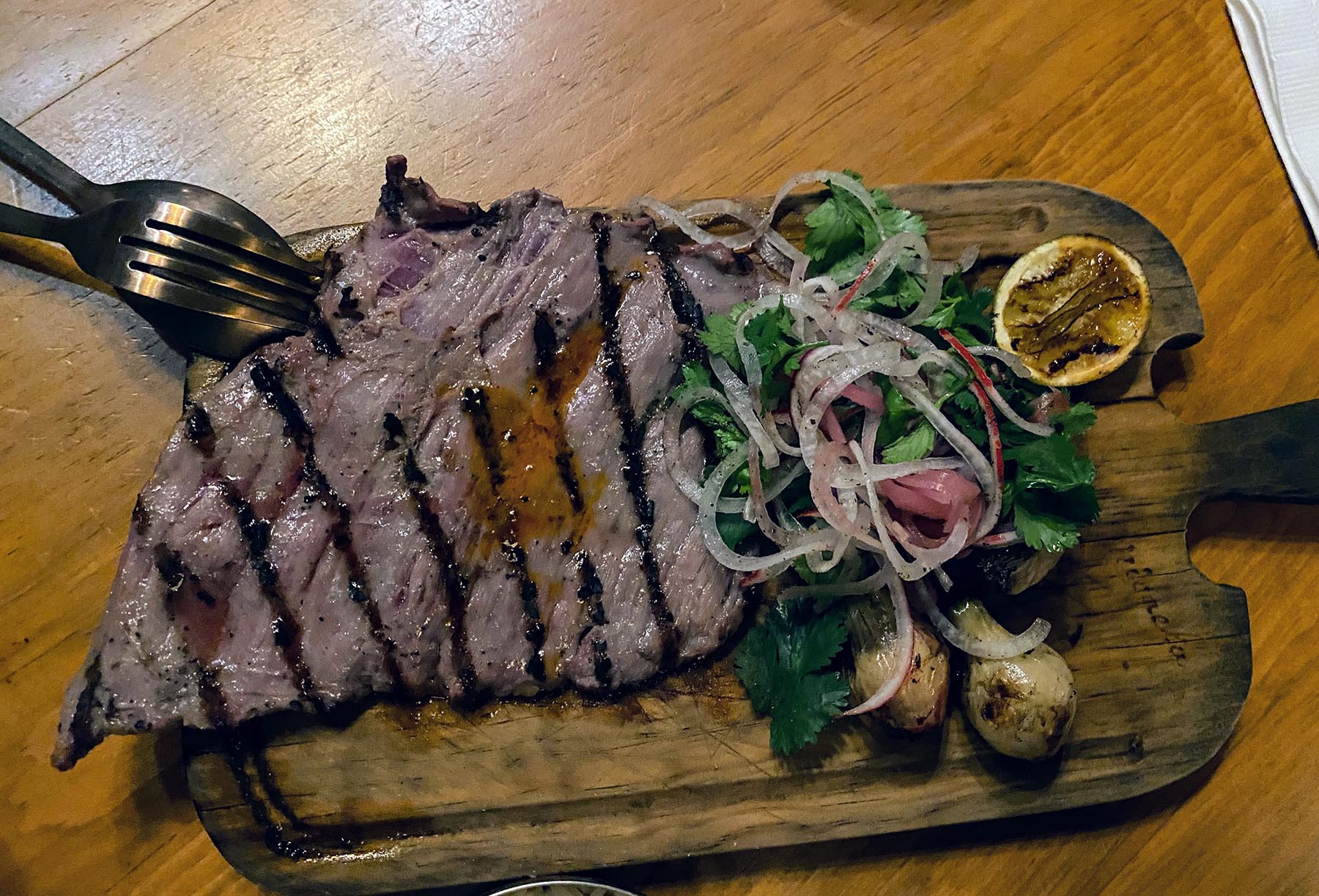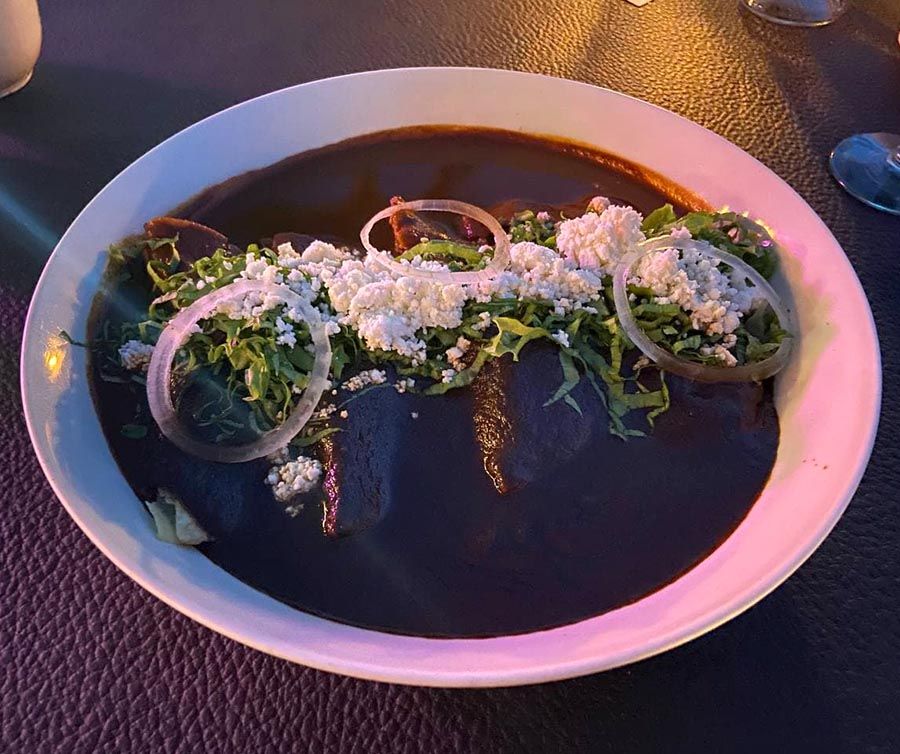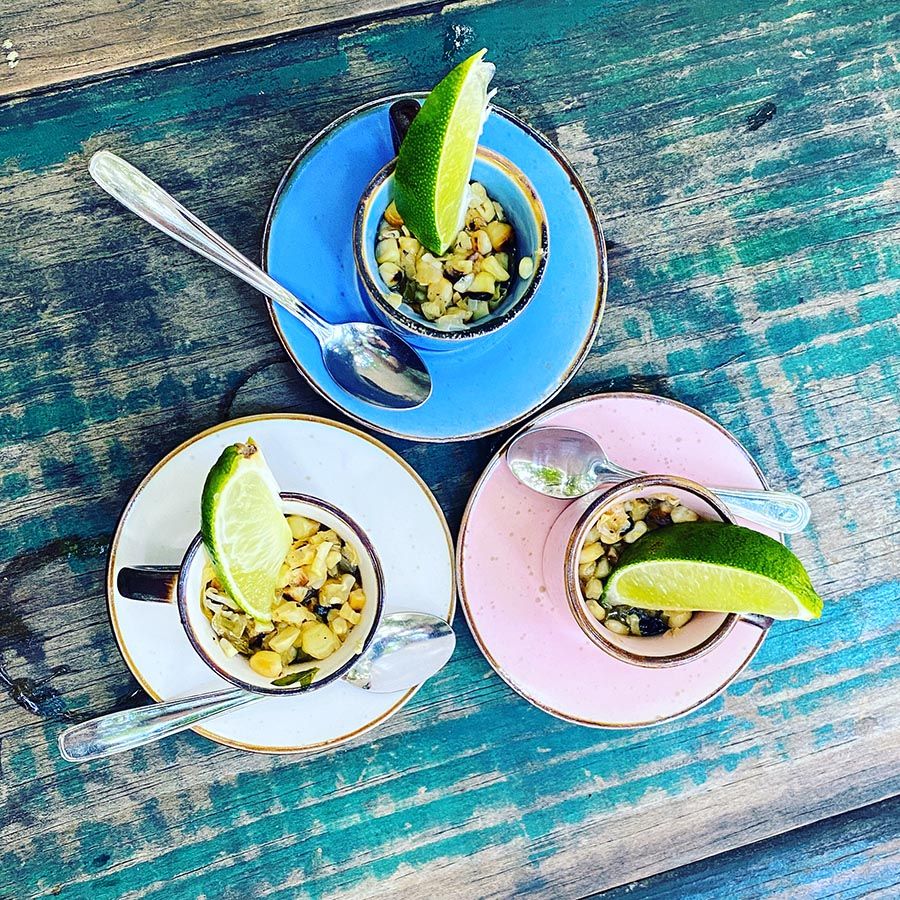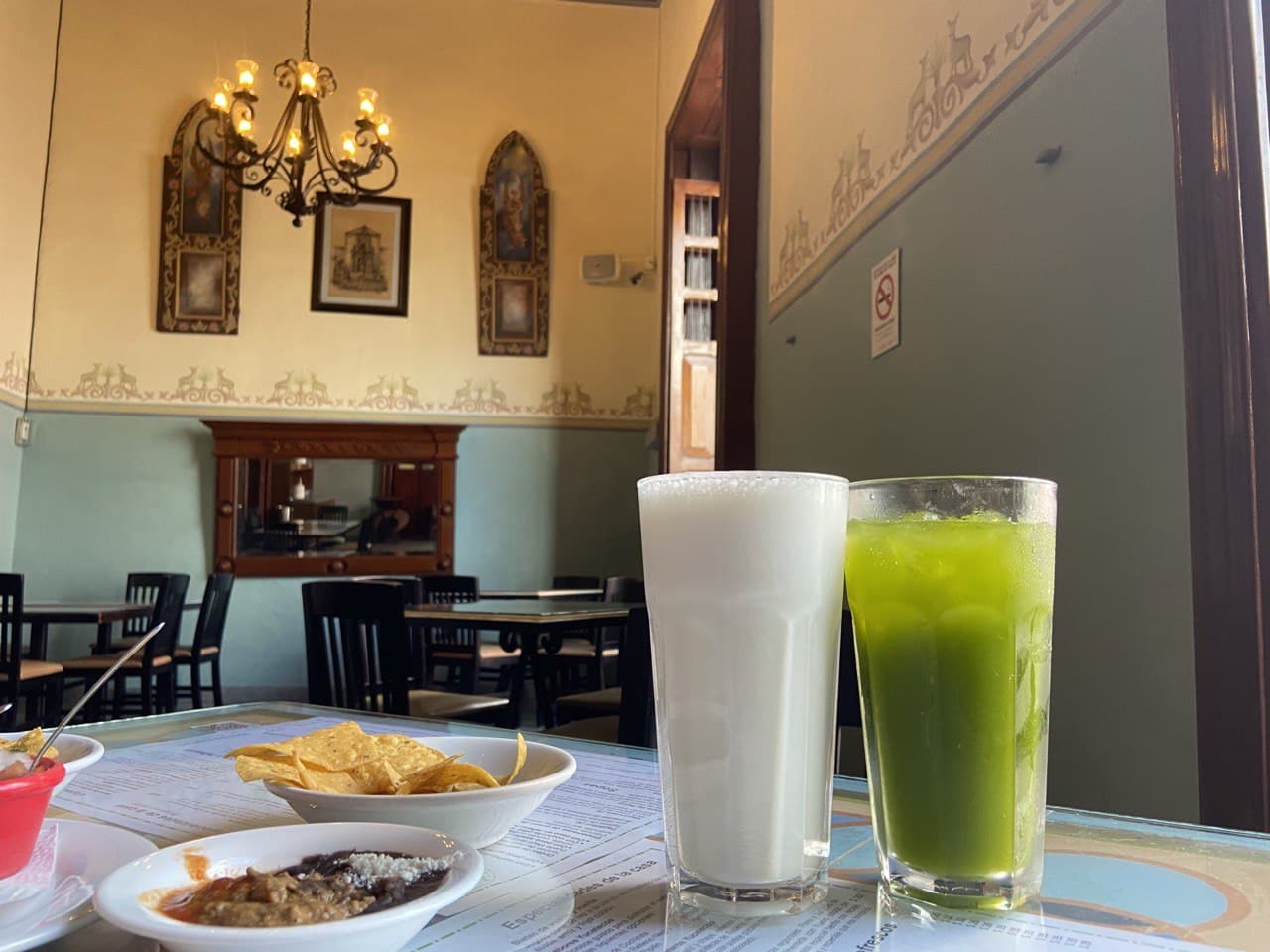What to eat in Mérida, Yucatan? You might face a tough choice between good and good. Or better and better. In other words, the restaurant world in Mérida is rich, diverse and may easily compete with any European high-end cuisine. Forget about Tex Mex, you are not in the US! And do not neglect street food. Yes, it is simple, quick, and cheap, but still tasty and interesting to try.
I ran through my travel diary... Monday: "The best restaurant in Mérida...". Tuesday: "The best restaurant in Mérida..." Wednesday... Thursday... It seems that either I was extremely lucky, or all the places were really good.
So what to try in the Yucatan and especially in Mérida? And what are the meanings of all those strange items on the restaurant menu?
*Life is short, have a dessert first!*
1. Marquesitas

When walking down the streets you will see small wheeled marquesita booths or stationery marquesita places quite often. It is a signature dessert, loved by everyone, young and old. You will smell the head-blowing aroma of hot waffles and Nutella and before you know, you'll join the line to paradise. Right in front of your eyes, the marquesitero will pour the batter on the iron waffle maker, turning it around over the flames just in time, producing a thin, crepe-like waffle. He will put banana slices on the hot sizzling waffle, generously top it with Nutella, strawberry jam or caramel sauce and sprinkle it with shredded cheese, skillfully roll it while hot, dip one end into jam or more Nutella, and sprinkle in with more cheese. Here it is, sweet and crunchy, fragrant and delicious!
Try it this classic Yucatan way and in case you are still confused with cheese in this symphony of tastes, you can always skip cheese next time. But you might like it, as I do.
2. Sopa de lima

Sopa de lima is basically chicken soup but with a Mexican twist that makes it way more enjoyable in the warm climate.
Recipes vary from one place to another, but the key elements are the same:
Chicken breast, onion, tomato, bay leaves, black peppercorns, salt, some ready chicken stock if desired for more flavor, and limes. Limes, yes, that's why it is called "sopa de lima". Lime zest is added to the pot while cooking and juice is added at the end. The acidity and aroma of lime makes the soup much lighter than its northern counterpart. And the role of "cherry on the cake" is played by freshly fried crispy tortilla strips added to the plate right before the serving. Their crunchiness emphasizes the light and fragrant broth.
3. Crema de chaya
First of all, it has nothing to do with chai, nor with sweet cream.
You will usually see this soup on a menu next to the sopa de lima, as they both are very popular. So what is Chaya? It is a leafy green grown in Yucatan. Some call it Mexican spinach, but the plant grows as a shrub and the leaves resemble those of maple rather than spinach. Chaya leaves are added to beverages, soups and stews. In fact, chaya is used mostly in Yucatecan cuisine and is not frequently found in the rest of Mexico, not to mention abroad. So seize your chance and try it while visiting the Yucatan.
Crema de chaya is made of chaya leaves simmered in water, then thickened with masa harina (corn flour), a bit of cream or butter and a lot of shredded cheese like gouda. It is very hearty and satisfying and not spicy at all.
4. Papadzules
They look very similar to enchiladas, but do not be fooled by the resemblance. First of all, papadzules are filled with eggs - something not very typical for Mexican cuisine as we know it. And the green sauce they are bathing in is made of roasted pumpkin seeds ground long enough to produce a paste, like thin nut butter. Papadzules are the perfect substitute for a breakfast omelet.
5. Panuchos
Think about tacos reinvented! Thin corn tortillas are filled with bean paste and deep fried, so they are crispy outside and soft and juicy inside. Topped with pulled pork belly, vegetables and your favorite salsas, panuchos is street food elevated to perfection.
6.Cochinita pibil

Sounds intriguing, doesn't it? What could it be?
This dish is based in ancient Mayan cuisine. It consists of pulled, very slow roasted meat, usually pork (hence cochinita which means "piglet") marinated in [achiote paste], orange juice and lime. And "pibil" in Mayan means "cooked underground". Traditionally it has been a meal for festive occasions. Whole pig was first marinated, then wrapped in banana leaves and lowered into a stone lined pit with a fire at the bottom. The fire has to be started long before placing meat so there are enough coals to keep the temperature high.
Nowadays restaurants usually cook pork shoulder or pork loin rather than the whole pig. The closest relative of cochinita pibil is Hawaiian Kalua pulled pork. Cochinita pibil may be served over rice or on a bed of tortillas, or simply on the same banana leaves it was cooked on. This dish is not very spicy.
7. Poc chuc


Pork again, marinated in orange juice, and this time grilled in a more familiar way - on a charcoal grill. Very soft and juicy; and because of the marinade it oftentimes has a rich dark orange color.
Served with vegetables or marinated onion, with corn tortillas on the side.
8. Relleno negro

Sautéed meat, usually turkey and some ground meat ("relleno" means "stuffing"), swimming in rich thick black sauce. The sauce is called "recado negro" and is made from charred chili peppers, burned tortillas, achiote paste and herbs. Recipes vary from one restaurant to another, but the color and flavor remain pretty close.
9. Esquites

This street food staple now has made its way as an appetizer to many restaurants around the Yucatan. It is a variation of elotes (grilled charred corn), when kernels are removed, placed in a bowl and seasoned with sauce. Sauces vary from one elotero to another. They usually consist of mayonnaise , lime juice, cilantro, jalapeño or serrano peppers sauteed in butter, chili pepper and grated cheese. There are also lighter versions that omit mayonnaise. Sometimes mayo is substituted for vegetable broth. Esquites are usually served warm.
10. Agua de chaya
A light, refreshing beverage of emerald green color, agua de chaya also has a few variations. It is basically a smoothie made of fresh chaya leaves, water and some juice. It could be pineapple or orange juices, cucumber, melon, lemon and so on. Served cold with ice. Look for Agua Fresca places, they always have a wide selection of cold refreshing drinks much desired in hot weather.

11. Horchata
This refreshing, lightly sweet and aromatic beverage has a ton of variations, but the main ingredients are usually: freshly made rice milk, almond milk, sugar, cinnamon and vanilla. Some versions include regular whole or coconut milk, some are diary free. Served cold with ice. Horchata is very popular across Mexico and not a stranger in taco places in the US.
Now that you are armed with all this knowledge, you can easily navigate through the restaurant menu and street stalls, enjoy good food and make your travel even more remarkable!

